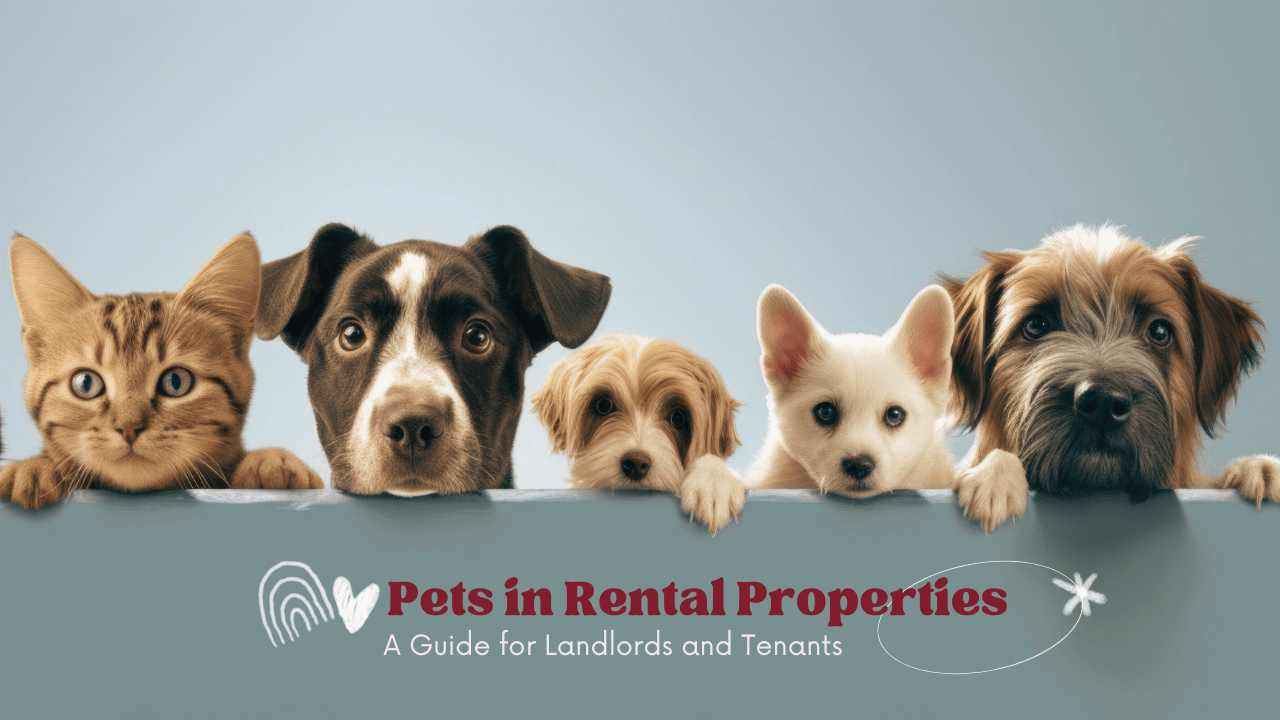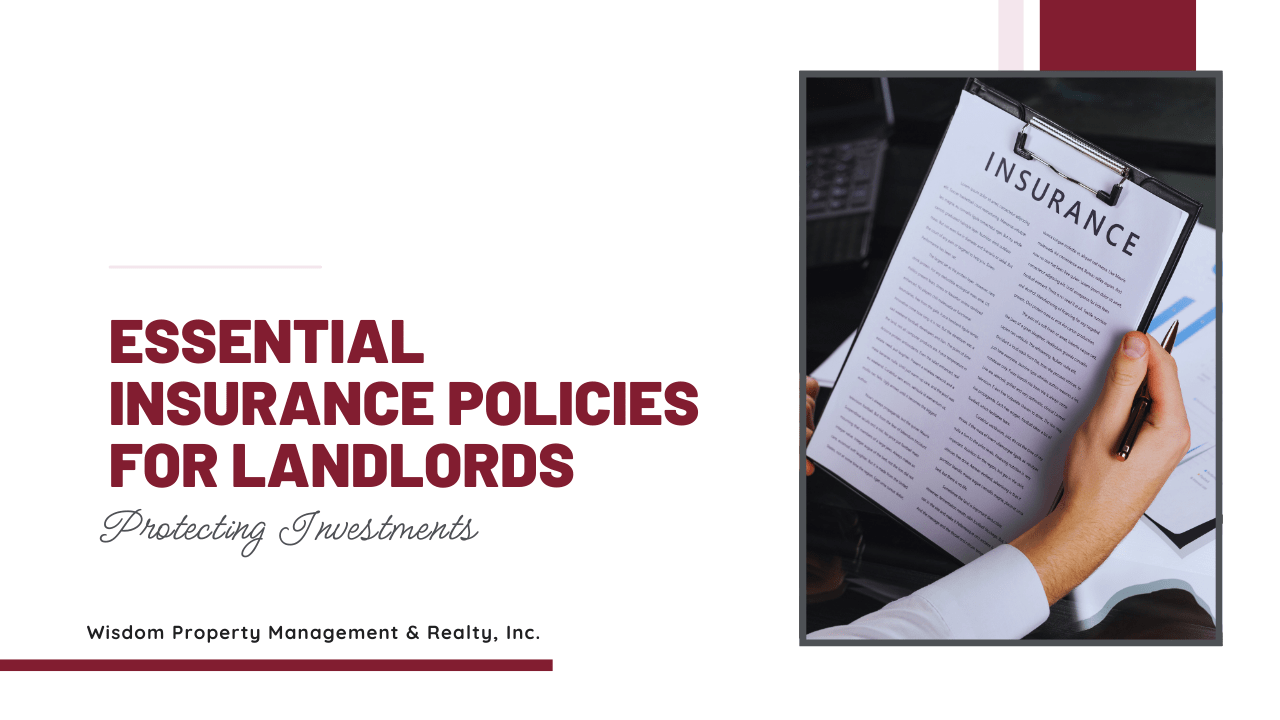By Ashley Stayner
•
January 16, 2025
It is time to get social, and we’re going to insist you become an influencer even if you don’t naturally gravitate towards the likes of Instagram, Facebook, and other social media platforms. Leveraging social media to market rental properties in Merced and throughout California is essential. You gain a lot more traction on social sites than you do by simply posting a listing on Zillow or HotPads. All of your potential renters are on social media, and you should be there too. Let’s talk about some tips, assuming you’re not already going viral on the ‘gram. Part One: Put Together Your Profile A successful social media strategy starts with a profile that will attract the kind of attention you want. If you’re already a presence on social media, that’s great. If you’re just getting started to better market your rental home , be intentional about how you present yourself. Your audience will likely be potential renters who will view your page and consider the homes you have to offer. If you’re posting homes for rent on your personal social media pages, you can easily include all of the people you already know in your network. However, you also want to make sure your personal page is professional. If you’re prone to angry political posts, you might alienate a lot of potential renters on the other side. Your social media presence, as a landlord, needs to be welcoming to everyone. Generally, we recommend that you establish a separate profile for the work you plan to do sharing your rentals. This will help narrow your social media postings on that particular profile to the rental property you’re marketing or related topics. Visitors won’t get confused, and they won’t have to scroll past photos of your pets and vacations to find the homes you offer for rent. Before you start posting about your available rental properties, you’ll want to make sure you have all of the pertinent information on your profile. There has to be updated contact information, for example. You’ll also want a credible profile photo. Maybe it’s a snapshot of the property you’re trying to rent. It could be a picture of the neighborhood or even a photo of the state or region you’re in. A picture of yourself is also fine, as long as it’s professional. Reaching the Right Social Media Audiences When we’re talking about social media marketing, it’s important to understand that the audience is everything. Social spaces are crowded, and you want to reach the right people. According to the Pew Research Center, more than 72 percent of Americans use social media daily. By using hashtags, joining local or industry-specific groups, and following popular sites and spots throughout Merced, you’ll focus on the people who are looking for a new rental home or on the people who know people who are looking for a new rental home. Create a Social Media-Friendly Listing What will get the most attention on social media sites? Photos and videos. These will be your most important tools when we talk about posting your rental listing on social media sites. This is the type of content that gets attention. It gets likes. It gets shares. It gets comments. All of those things will expand your audience and increase your reach. Although text plays an essential role in social media, and you’ll use it to share details such as: Rental amount Move-in ready dates Rental qualifications Security deposit amounts Images and videos are especially crucial. You’ll want to upload clear and crisp photos so that they render well on mobile devices. You’ll want short, engaging videos that showcase your property and provide people with a glimpse of how things look. If you want to be more impactful with how you market Merced homes for rent on social media, focus on the property’s layout, show real-time room sizes, give viewers a close-up of amenities , and an idea of the property’s location. When you have special features to show off, such as walk-in pantries, garden tubs, smart home technology like video doorbells, and fenced backyards, video is a great way to show those things off while giving viewers an idea of what it’s like to actually be there. Plenty of social media platforms are built for video; you can use Instagram reels, Facebook and Instagram live videos, Snapchat story updates, and of course YouTube. Hashtags are Essential Please tell us you know what a hashtag is. They’re helpful when you’re posting because they get the attention of your target audience. Using hashtags on your posts makes them more accessible because when people search for a particular hashtag, your post will be there, ready for them to view. Use specific hashtags that identify your location, the type of property, or the neighborhood name. Try #Mercedrentals, #Mercedhomeforrent, #Mercedapartment, and similar hashtags to get attention and focus on your desired audience. Promote Your Merced Rental Listing










